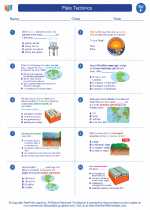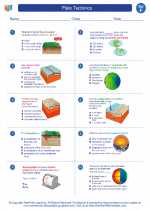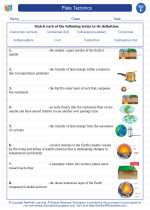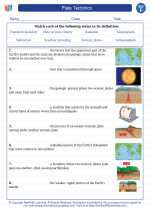Recrystallization
Recrystallization is a purification technique used in chemistry to purify a solid compound. It is based on the principle that the solubility of a compound increases with temperature, allowing impurities to be removed from the solid compound.
How Recrystallization Works
During recrystallization, the impure solid compound is dissolved in a hot solvent. The hot solvent allows the compound to dissolve completely, including any impurities present. As the solution cools, the solubility of the compound decreases, causing it to crystallize out of the solution. The impurities, which have lower solubility, remain dissolved or form a separate phase, allowing the pure crystals to be separated from the impurities.
Key Steps in Recrystallization
- Dissolving the impure compound in a hot solvent
- Filtering the hot solution to remove insoluble impurities
- Allowing the solution to cool, causing the compound to recrystallize
- Filtering the recrystallized compound and washing it with a cold solvent to remove any remaining impurities
- Drying the purified crystals to obtain the final product
Factors Affecting Recrystallization
Several factors can influence the success of recrystallization, including the choice of solvent, temperature, and the rate of cooling. The choice of a suitable solvent is critical to ensure the compound is soluble at high temperatures but insoluble at lower temperatures. Additionally, controlling the rate of cooling can affect the size and purity of the resulting crystals.
Benefits of Recrystallization
Recrystallization is a widely used technique in chemistry due to its effectiveness in purifying solid compounds. It can remove a wide range of impurities, including soluble and insoluble contaminants, resulting in a high degree of purity in the final product.
Study Guide
To understand recrystallization thoroughly, it is essential to focus on the following key points:
- Understand the concept of solubility and how it varies with temperature
- Learn the steps involved in the recrystallization process
- Identify the factors that influence the success of recrystallization
- Recognize the benefits and limitations of recrystallization as a purification technique
Additionally, practicing recrystallization experiments in the laboratory can provide hands-on experience and reinforce the theoretical concepts.
By mastering the principles of recrystallization, you will be well-equipped to purify solid compounds and understand the importance of this technique in various chemical applications.
.◂Science Worksheets and Study Guides Sixth Grade. Plate Tectonics

 Worksheet/Answer key
Worksheet/Answer key
 Worksheet/Answer key
Worksheet/Answer key
 Vocabulary/Answer key
Vocabulary/Answer key
 Vocabulary/Answer key
Vocabulary/Answer key
 Vocabulary/Answer key
Vocabulary/Answer key
 Vocabulary/Answer key
Vocabulary/Answer key
